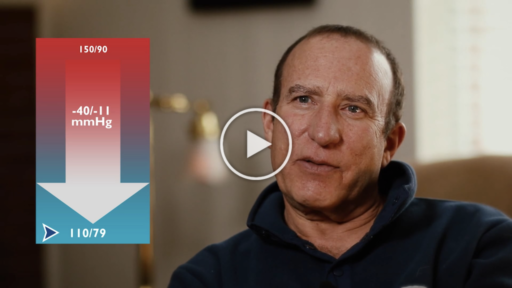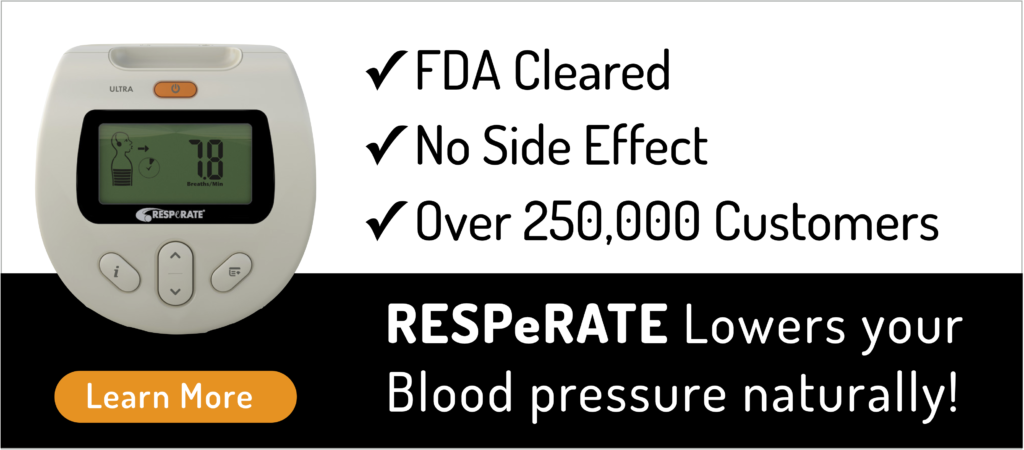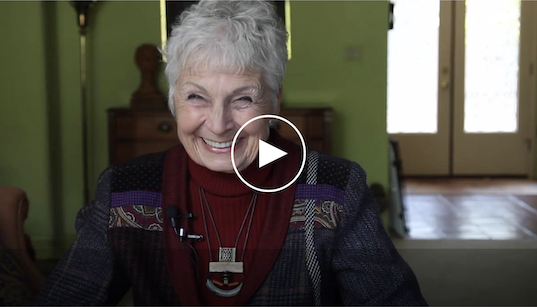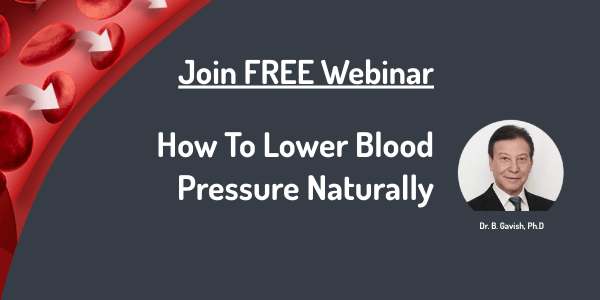What Is Yoga?
Yoga is a physical, spiritual, and mental discipline that began in India. Since its inception, around the 5th or 6th century BC, yoga has developed into a broad variety of yoga schools. The best known are the Hatha and Rāja yoga schools.
In brief, yoga involves:
- Gentle physical activity
- Controlled, focused breathing
- Meditation
Yoga instructors use a variety of terms for various “poses” – often using words from the classical Indian language, Sanskrit. Yoga itself means “union” in Sanskrit.
Watch How Mark Lowered His Blood Pressure Naturally. It was 150/100, this morning it was 110/79 Watch Video
A Study on Yoga and High Blood Pressure
Different schools of yoga vary in their approaches. One branch of yoga is known as Iyengar. This form was recently used in a trial testing its benefits for blood pressure.
To examine its effects, researchers asked participants with untreated prehypertension or stage 1 hypertension to perform Iyengar exercises over a 12 week period. Blood pressure results were compared with a group of individuals who received “enhanced usual care” – an intervention based on individual dietary adjustments. The authors concluded:
“Twelve weeks of Iyengar yoga produces clinically meaningful improvements in 24-hour systolic blood pressure and diastolic blood pressure. “
Debbie Cohen of the Perelman School of Medicine at the University of Pennsylvania, recently published results of the Lifestyle Modification and Blood Pressure Study (LIMBS).
This is one of the few randomized controlled trials investigating yoga and its impact on blood pressure. It compared 12 weeks of yoga with other standard measures designed to lower blood pressure.
Published in 2016 in The Journal of Clinical Hypertension, the form of yoga used was Hatha, which means “willful or forceful.”
The trial compared results across people who were randomized into one of three programs:
43 people did 12 weeks of yoga – 90-minute classes twice a week, with the gradual introduction of home yoga, guided by DVD.
48 followed a program of health education and walking – including nutritional classes and motivational guidance, and a gradual increase of the exercise to 180 minutes of weekly walking, or 10,000 daily steps.
46 people did both the yoga and the healthy living – although people in this group could opt to leave out the home yoga added to the bi-weekly classes.
All three programs were found to reduce resting blood pressure. For all participants, readings were lower at 12 weeks and 24 weeks than at the start of the study.
The Study Results
The difference in blood pressure reduction was larger for the yoga groups at 12 weeks than for the group following only the healthy lifestyle. But this improvement did not persist at 24 weeks.
Although the improvements in blood pressure were small, the authors believe they could be important as even a small reduction in blood pressure has health benefits.
For example, the paper mentions high-quality research showing that even a systolic blood pressure reading (the ‘top’ number) dropping by 2 mm Hg cuts the risk of dying from heart disease by 7 percent, and the risk of stroke death by 10 percent.
The American Heart Association (AHA) recommends more research to be done into the blood pressure benefit of lifestyle measures such as yoga, to see if it could delay the need for drug treatment.
Practicing Yoga
Yoga asanas have been clinically proven method for lowering high blood pressure. For me though most of these positions feel so unnatural. They can be very difficult for me to do. But I did find 5 simple asanas that it would seem everyone can do.
Watch this week’s video and see how you too can lower your blood pressure naturally.
There are many other types physical exercises that can help with high blood pressure. Here is an interesting article covering a few of them.










 Download Brochure
Download Brochure